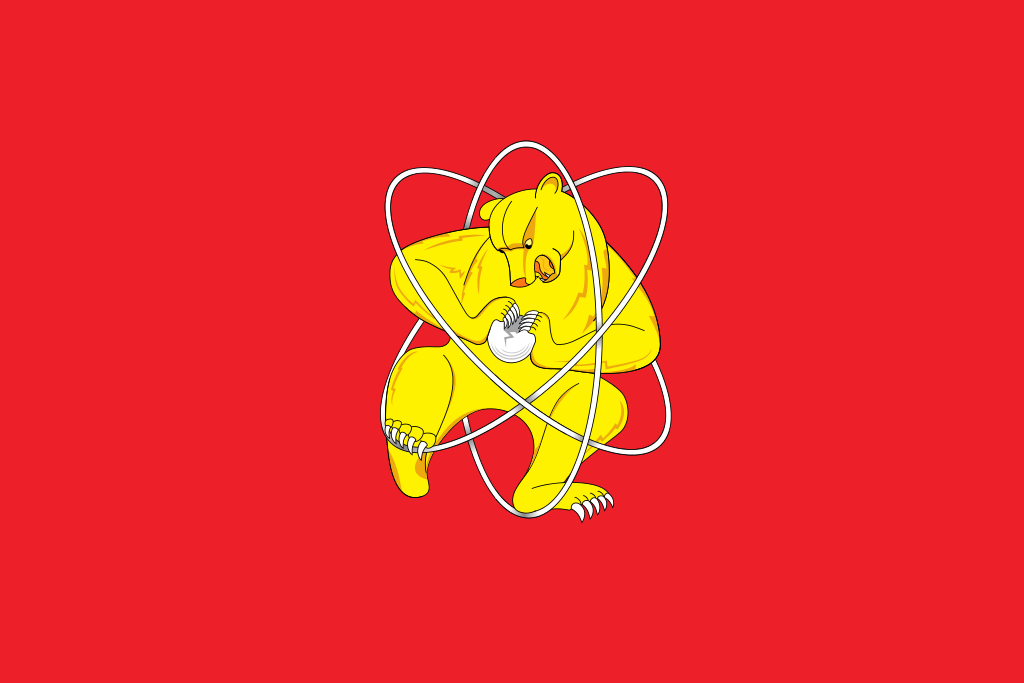The Russian Mining and Chemical Combine (MCC) was established in 1950 in Russia to produce plutonium for the Soviet Union nuclear arsenal. It is located in the city of Zheleznogorsk, Krasnoyarsk Krai. The company is currently part of the Rosatom group, the national nuclear company of Russia.
Some cities in the old Soviet Union where development and production of weapons and other important and sensitive technologies were carried out were referred to as “closed” cities where travel was severely restricted, and security was very tight. Zheleznogorsk was one of these closed cities. These closed cities did not even appear on any official Soviet maps. In 1992, after the collapse of the Soviet Union, President Boris Yeltsin decreed that these closed would now be added to official Russian maps and that their historic names could now be used. During the Soviet Era, Zheleznogorsk was referred to by such slang names as Soctown, Iron City, the Nine, and Atom Town.
The MCC said this week that it had just completed the next stage in the development of a nuclear battery. The new battery is what is called a beta battery which means that it is energized by the emission of highly energetic electrons from the decay of nickel-63 (NI-63). They claim that this battery would produce electricity for over fifty years.
The MCC said “Conversion of the working gas enriched for a Ni-63 to a form suitable for drawing on the semiconductor converter has been established. At the moment the delivery of the appropriate components for the deposition of Ni-63 and the final assembly of a prototype atomic battery is expected. The new converter design qualitatively increases the efficiency of all components.”
The MCC is acting as a system integrator for the new nuclear battery project. One important aspect of the project is procuring highly enriched NI-63 isotope. Another is the creation of a special structure for a semiconductor converter which changes the output of the isotope battery to a form suitable for use in electronic equipment.
The MCC had to create a number of different technologies in order to create the battery. They had to produce the necessary reagents to generate a working gas from NI-63 which could be fed to centrifuges. They had to restart the Electrochemical Plant to put a cascade of centrifuges into operation. Then they had to convert the NI-63 rich gas for deposition onto semiconductor material. The new technologies that had to be developed to the production chain for the isotope are protected by ten patents.
The technologies permit miniaturization of power sources for miniature devices used in cybernetics and artificial intelligence. It is hoped that it may aid the development of artificial neurons that could be used to imitate processes in the human brain. The new power sources should not be seen as replacement for lithium batteries. The MCC believes that the new type of devices that they are working on will become the foundation for a whole new architecture of electronic devices.
Russsian Mining and Chemical Combine Working On Using Nickel 63 As Power Source For Semiconductor Devices

Written by
in
